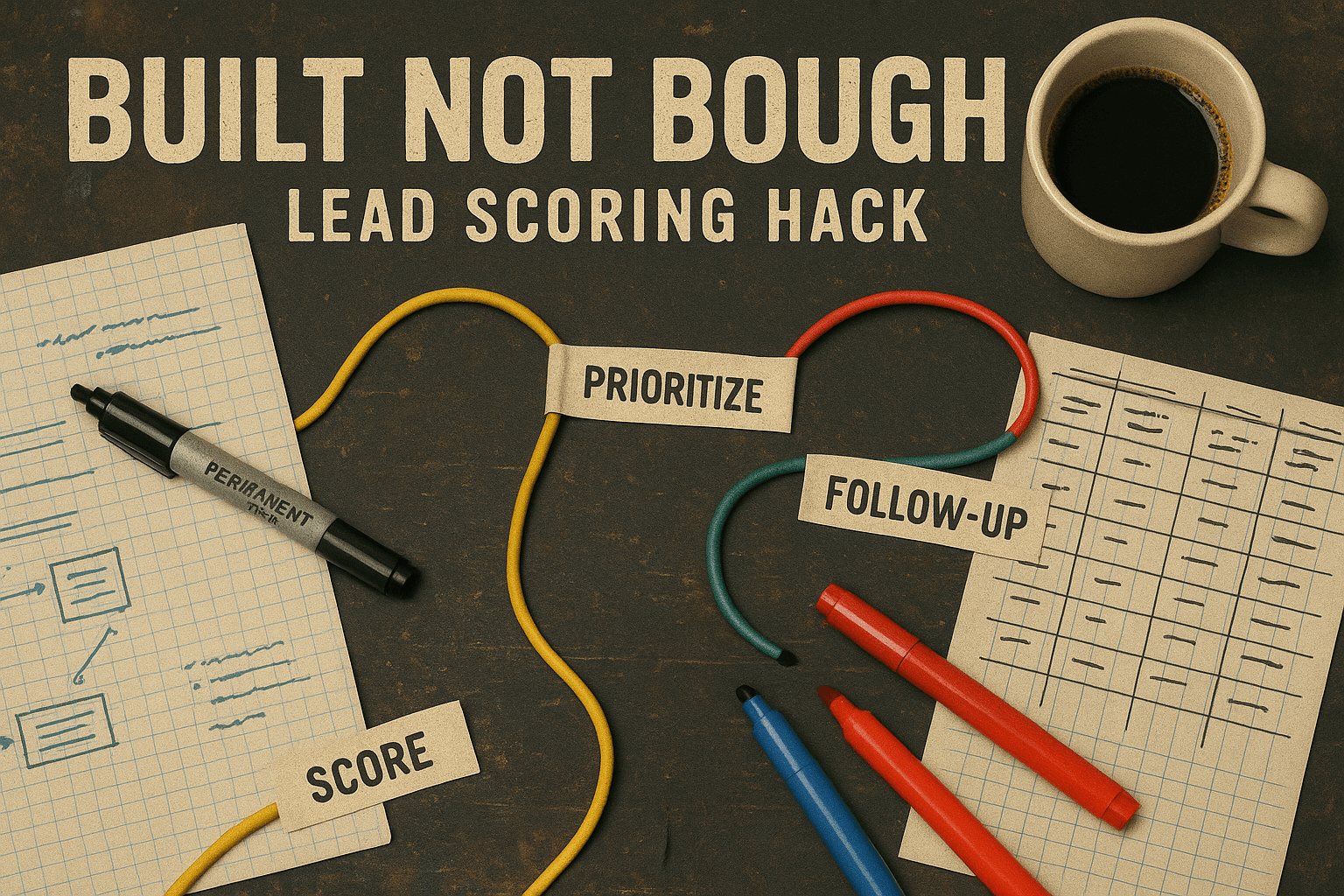Startups aiming to construct a basic yet effective lead scoring model can leverage native features in popular CRMs like Copper and Freshsales, alongside simple spreadsheet tools for supplemental analysis and tracking. This section provides a step-by-step guide on building such a model, detailing CRM customization options, lead scoring best practices, and practical spreadsheet techniques.
1. Understanding Lead Scoring Fundamentals for Startups
Lead scoring ranks prospects by their likelihood to convert into customers. For resource-constrained startups and small sales teams, a clear lead scoring system helps focus efforts on high-potential leads, optimize conversions, and allocate resources efficiently.
Key Lead Scoring Categories:
- Demographic Factors: Job title, company size, industry, location.
- Behavioral Factors: Website visits, email engagement, content downloads, event participation, demo requests.
- Lead Source: Origin channel (webinar, ad, referral, organic, etc.).
- Sales/Marketing Engagement: Email open/click rates, meeting attendance, replies, calls.
Each startup must tailor these categories to its value proposition, sales cycle, and customer profile .
2. Constructing a Lead Scoring Model Using Copper CRM
Although Copper CRM lacks built-in lead scoring, its customization and automation tools enable effective frameworks:
A. Using Copper’s Native Features
- Custom Fields: Create custom numeric or dropdown fields such as "Lead Score," "ICP Match," or "Engagement Score" and populate them per scoring criteria .
- Pipeline Flags and Activity Feeds: Visual cues via notifications to highlight high-value or urgent leads, reducing manual effort .
- Workflow Automations: Automate score updates, lead movement, or follow-ups triggered by criteria or score thresholds .
- Google Workspace Integration: Import engagement data (emails, calendar invites) to inform scores automatically .
B. Implementation Steps
- Define scoring criteria and assign points (e.g., C-suite title +20, downloaded whitepaper +10, sales email response +15, unsubscribed -10).
- Create a numeric "Lead Score" custom field.
- Use automation or manual updates to adjust scores per activity.
- Segment leads by scores into hot, warm, or cold buckets and set follow-up reminders .
3. Lead Scoring with Freshsales CRM
Freshsales supports AI-driven and manual scoring depending on plan level .
A. AI-Driven & Manual Scoring
- AI-Driven: Automated scoring using machine learning on lead attributes and engagement (higher-tier plans) .
- Manual: Custom positive/negative signals across contacts, accounts, and engagement that admins configure .
B. Implementation
- Identify key positive and negative lead signals (e.g., attending webinars, company size matches, unsubscribes).
- Set signal weights in Contact Scoring settings.
- Automate notifications or lead assignments when scores exceed thresholds .
- Periodically review and recalibrate score weights based on sales outcomes .
- Use filters to prioritize leads by score ranges .
4. Augmenting CRM with Spreadsheet Tracking
For early-stage startups or lower-tier plans without full scoring features, spreadsheets effectively supplement CRM functionalities:
- Create columns for each lead attribute relevant to your scoring criteria.
- Assign scores per attribute and compute a total "Lead Score" using SUM formulas.
- Use conditional formatting to categorize leads (e.g., hot, warm, cold).
- Update and refine weights based on closed deals and feedback .
Spreadsheets offer flexibility, full control, and team visibility, enabling prototyping and supplementing software limitations.
5. Summary of Steps and Best Practices
- Define scoring criteria aligned with your ideal customer and sales process .
- Implement the scoring system within your CRM using custom fields, automations, and filtering; combine with spreadsheets if needed.
- Assign weighted scores reflecting each factor's impact on conversion likelihood .
- Regularly review and refine scoring rules to stay aligned with sales realities and market changes .
- Automate wherever possible to reduce manual effort and maintain consistency .
With this approach, startups can build practical, actionable lead scoring systems that accelerate sales and growth using accessible tools.

